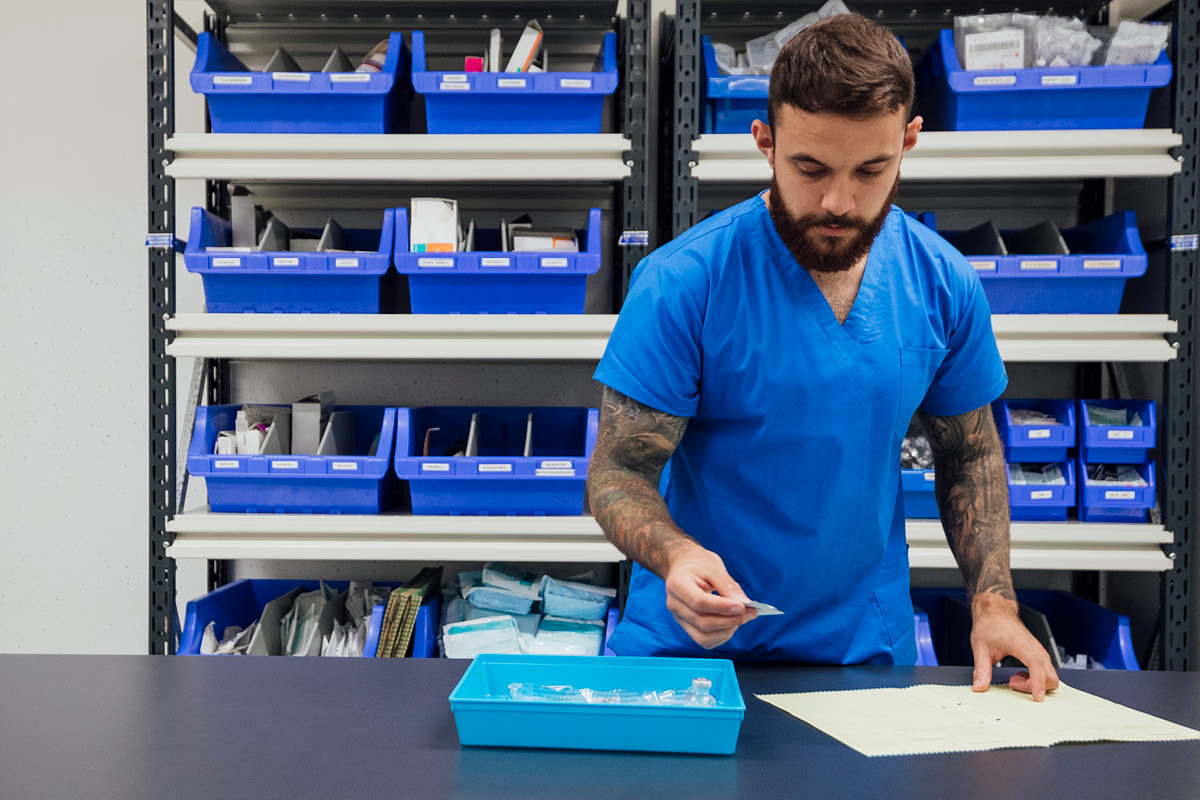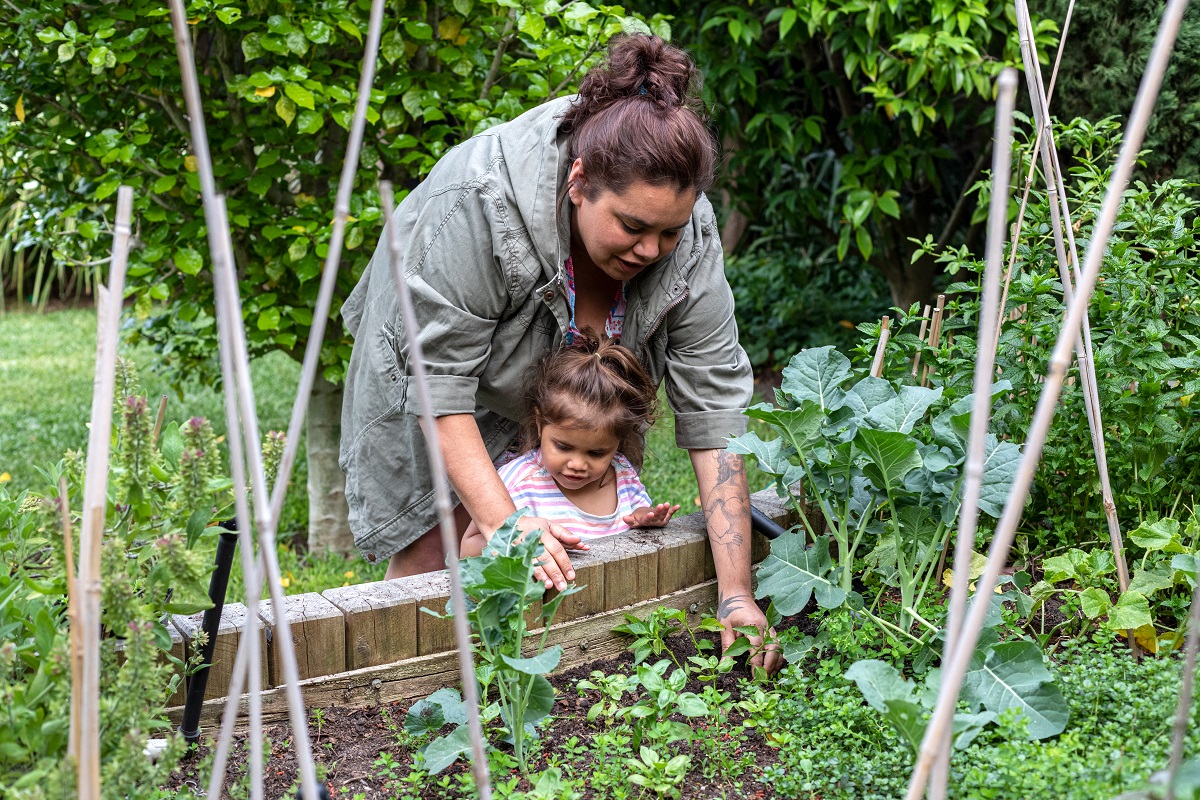
About otitis media: different forms
Otitis media may present in a variety of ways. In this topic, you will learn about variations in how otitis media is classified, some of the impacts and associated conditions, and the groups most at …

About otitis media: ear anatomy and physiology
Understanding how sound travels through the ear and where problems can occur is important when learning about ear and hearing health. This track will look at each section of the ear and the common pa…

About otitis media: signs and symptoms
Hearing loss is invisible. Otitis media can also present with ‘silent’ symptoms. This track will cover the variety of signs and symptoms to look out for in a child or adult, and what steps to take if…

Audiometry: masking and other testing techniques
Masking is when we put a competing noise into the opposite ear (usually the better ear) while testing hearing. This is to prevent sound from the side being tested, the test ear, from being heard in t…

Audiometry: play audiometry
Play audiometry is the hearing test of choice for most children from 2 ½
to 7 years of age. This topic describes how to conduct play audiometry
and read/interpret the results obtained.

Audiometry: testing adults and bone conduction
Air conduction testing transmits sound via the outer and middle ear using headphones. Bone conduction audiometry sends vibrations via a bone oscillator directly to the inner ear. Comparing results fr…

EarTrain overview and recommended learning
This ear and hearing health training program will help you develop your knowledge and skills in otitis media and hearing loss. The program is divided into Training Tracks that are relevant to your jo…

Infection control: for audiometry
Following correct infection control procedures is important for any health worker. This topic outlines infection control requirements, particularly in relation to ear and hearing health clinics.

Otitis media matters: introduction
Otitis media can affect babies, children and adults – often in ways that are invisible or not understood. This Track will help you understand the impact of otitis media in Aboriginal and Torres Strai…

Otoacoustic emissions: using and interpreting results
Otoacoustic emission (OAE) testing is a type of test that can be useful when assessing a babies’ hearing. This topic is an introduction to the equipment used for OAEs and how to read the results obta…

Otoscopy: identifying conditions of the ear
Identifying abnormalities in the ear canal, tympanic membrane and middle ear can be assisted by otoscopy. This topic will look in more detail at ear pathologies and how to recognise them with otoscop…

Otoscopy: pneumatic otoscopy
More advanced skills in otoscopy include video and pneumatic otoscopy.
This topic will investigate these procedures and what ear conditions
they can assist in identifying.

Otoscopy: safe practice
Otoscopy is an important part of ear and hearing health checks. In this
topic you will learn about safe practice of this skill and how to
identify a healthy tympanic membrane.

Setting the scene: community engagement
This topic introduces the role of community engagement for Aboriginal and/or Torres Strait Islander peoples. You will learn about the importance and principles of community engagement, strategies cha…

Setting the scene: culture
This topic explores the common elements of shared Culture of the Aboriginal and/or Torres Strait Islander peoples. You will learn about defining culture, cultural continuity, diversity, spirituality …





